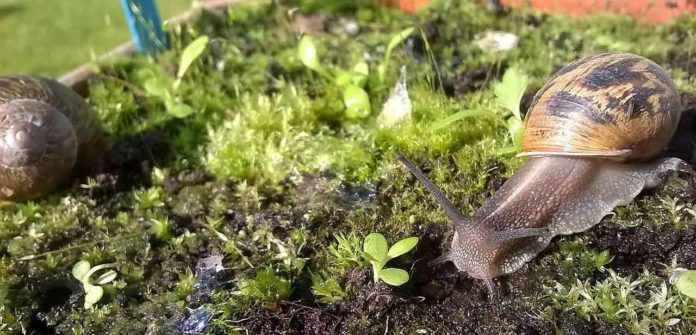Why some seedlings are more commonly eaten by slugs and snails?
A new study by the University of Plymouth has the answer. The study suggests that it may be because of the smells produced by young seedlings in the early stages of their development.
Scientists analyzed the feeding preferences of hundreds of snails when presented with seedlings of 14 different grassland plant species. They found that snails were more likely to attack seedlings based on their preference, like naturally omitted volatile scents produced by the seedlings.
The study offers a better understanding of the important role slugs and snails play in natural ecosystems.
For the study, scientists collected snails from the Plymouth and Southampton regions and gave them an assortment of grassland seedlings, with their choices being recorded.
Every one of the seedling animal categories was then characterized for the presence of regular guarded mixes related to taste and volatile organic compounds (VOCs) related to a smell, to decide if the snails’ decisions were connected to either sort of defense.
The results showed there was no relationship between the snails’ choices and the presence of chemicals like phenolics and cyanide – which occur naturally within some plant species – but that seedling acceptability was strongly related to VOCs.
Dr Mick Hanley, Associate Professor (Reader) in Plant-Animal Interactions, said, “Slugs and snails are just as damaging to seedlings in natural habitats like grasslands as they are gardens. But we have known for many years that not all grassland species suffer the same likelihood of attack.”
“This is important because variation in where and when terrestrial molluscs are active can have significant impacts on which species survive the vulnerable seedling stage. In effect, by removing some plant species as seedlings, slugs and snails help dictate the nature of the established vegetation.”
The study is published in Annals of Botany.
